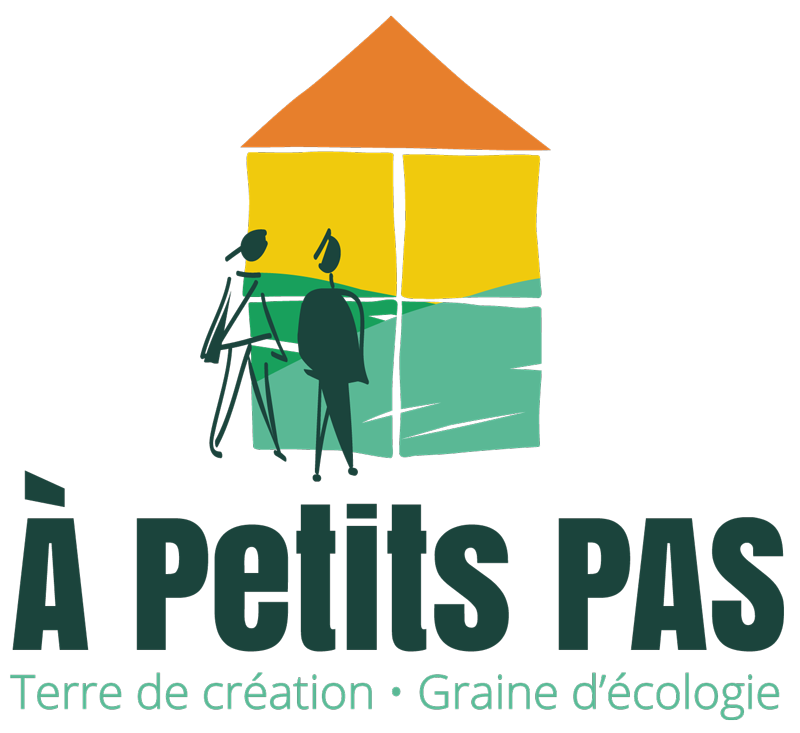A trust agreement is a legal document that outlines the terms and conditions of a trust, which is a legal arrangement where one person or entity holds assets for the benefit of another. Trusts are often used to ensure that assets are managed and distributed according to the wishes of the trustor (the person who creates the trust) and to help minimize estate taxes.
If you`re looking for a Simple Trust Agreement Sample, there are several resources available online that can help you get started. Here`s a basic outline of what a trust agreement might include:
1. Introduction: This section will typically identify the parties involved in the trust, including the trustor, the trustee (the person or entity responsible for managing the trust assets), and the beneficiaries (the people who will benefit from the trust).
2. Purpose: This section will outline the purpose of the trust. Typically, this will include a statement of the trustor`s goals and objectives for the trust and an explanation of how the trust will help achieve those goals.
3. Trust Assets: This section will identify the assets that will be held in the trust.
4. Trust Administration: This section will outline the responsibilities of the trustee, including how the trustee will manage and invest the trust assets, how income and principal will be distributed to the beneficiaries, and what happens if the trustee resigns or is unable to fulfill their duties.
5. Beneficiaries: This section will identify the beneficiaries of the trust, including who is entitled to receive income and principal from the trust and when distributions will be made.
6. Termination: This section will outline the circumstances under which the trust will terminate and what happens to the trust assets when the trust ends.
7. Miscellaneous Provisions: This section will include any additional provisions that may be necessary, such as provisions relating to taxes, the trustee`s compensation, or how disputes will be resolved.
While this is a basic outline of what a Simple Trust Agreement Sample might include, it`s important to remember that every trust is unique. Therefore, it`s important to consult with a qualified attorney to ensure that your trust agreement meets your specific needs and complies with applicable laws. With that said, having a basic understanding of the key components of a trust agreement can help you better communicate with your attorney and ensure that your trust is structured in a way that meets your goals and objectives.



Comments are closed, but trackbacks and pingbacks are open.